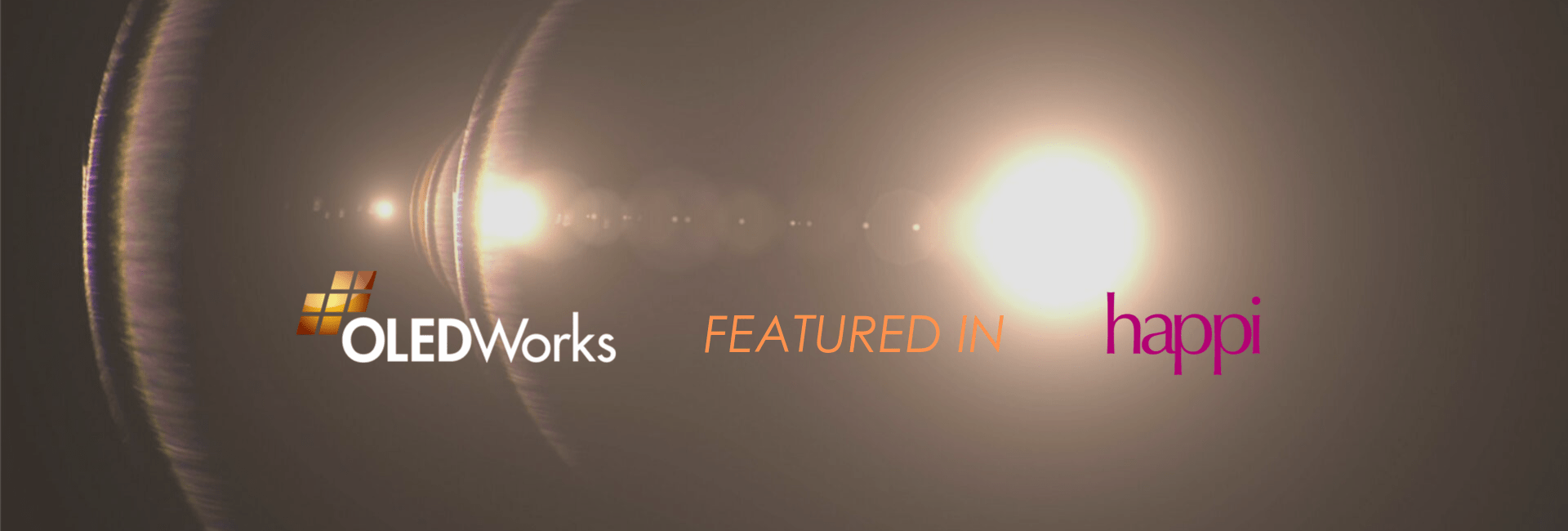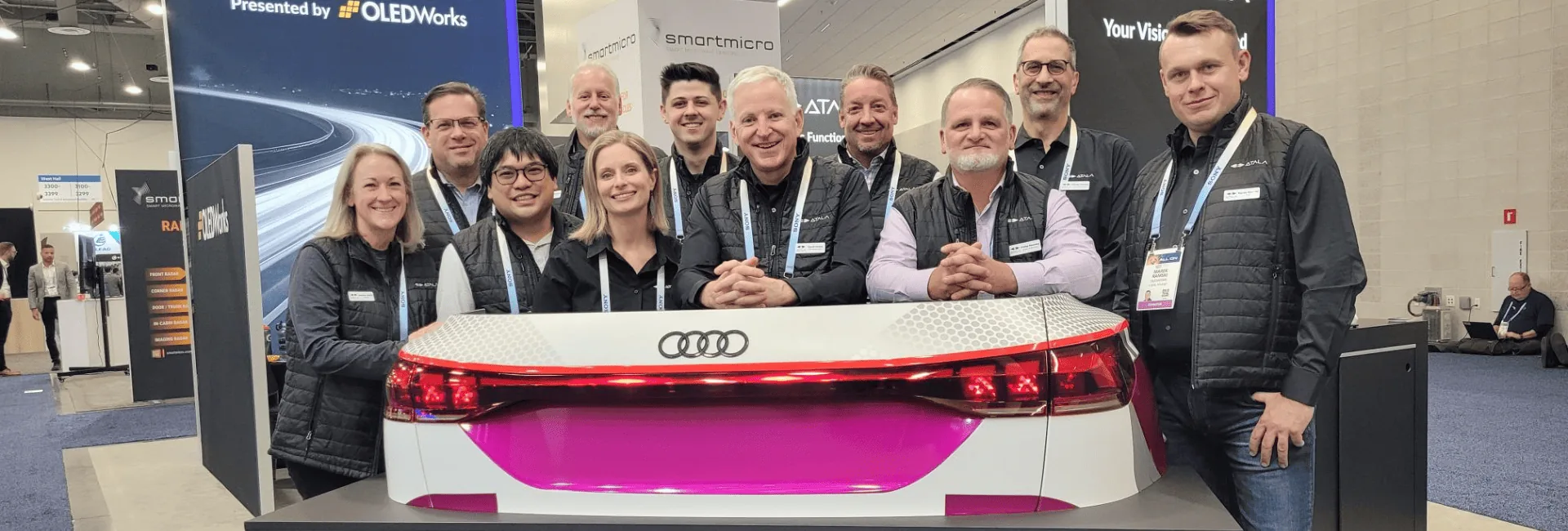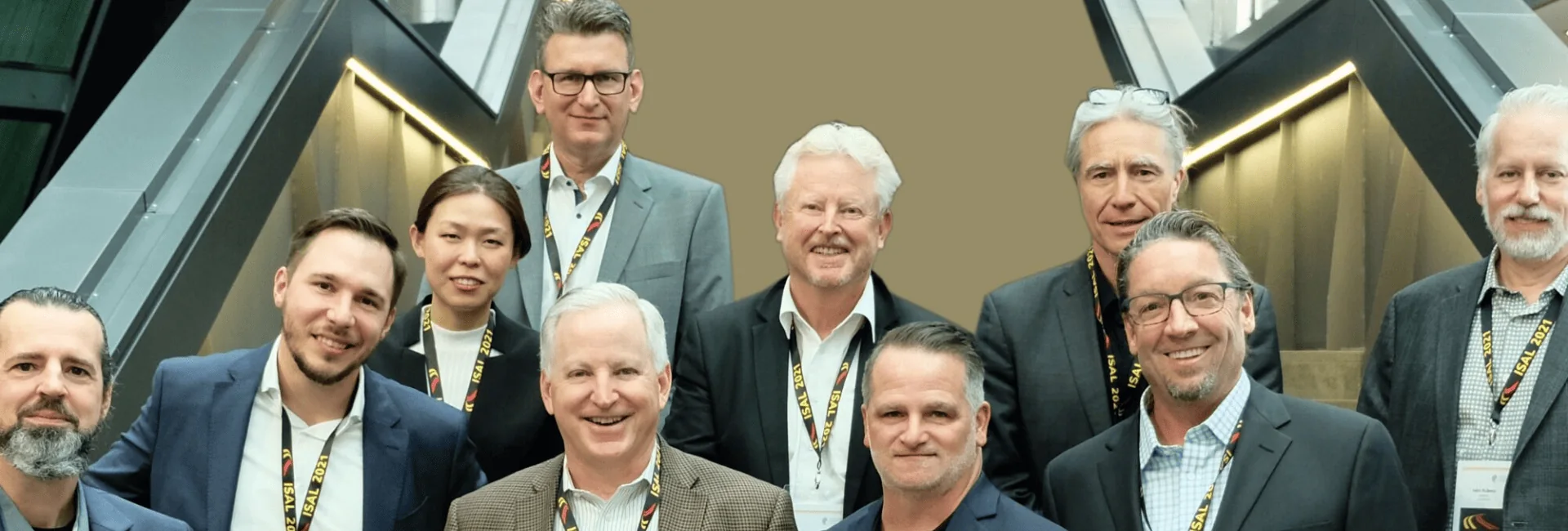
Originally published in Happi Magazine and Printed Electronics Now by David Savastano
The lighting industry is undergoing radical changes. The incandescent bulbs and fluorescent tubes are out of favor for a variety of reasons. LED lighting has made headway, but there are notable concerns, particularly with health issues. OLED lighting may have the best story to tell, but it is only at the starting gate.
Still, the interest in the concept of human-centric lighting has been widespread in the lighting industry in the last couple of years, and as more people see the light, there is more interest in OLED lighting technology.
Rochester, NY-based OLEDWorks sees opportunities for OLEDs, as head-to-head comparisons with LEDs have generally favored OLEDs.
The Future of Human-centric Lighting?
“Because human-centric lighting is a focus now, the interest in OLED lighting is rapidly growing,” David DeJoy, co-founder and chairman of OLEDWorks, noted. “OLED is by its nature a healthy light source.”
OLEDWorks CTO Dr. Michael Boroson observed that OLEDs are fundamentally different from LEDs.
High Intensity and Blue Light
“OLED is a naturally diffuse large area light source compared to point sources such as LEDs and light bulbs or line sources like fluorescent tubes,” Dr. Boroson said. “Light is generated by the whole surface, which provides a soft, even glow; it’s not high-intensity. LEDs start with generating high-brightness blue light then use phosphors to convert some of that blue to other colors. OLEDs have multi-colored emitters and keep the blue light content at a level that’s just what is needed to create white lighting. LEDs generate a ton of light in a tiny chip, so manufacturers have to use diffusers or place lights high up into ceilings so the light isn’t as glaring.”
“In theory, OLED and LED are complementary technologies,” DeJoy noted. “One is a point source, the other is an area source. It is really not an either/or. You have to choose the right technology for each application, and they can be used in combination.”
“High-intensity blue light has a number of impacts on human beings, including on melatonin, sleep cycles and macular degeneration,” Dr. Boroson observed. There have been countless conversations about the blue light content in OLED and how it compares to LED. Dr. Boroson noted that in IEC 62471 photobiological safety testing, OLEDWorks lighting panels are rated exempt from any risk of hazards for the human skin and eye in the blue, UV or IR wavelengths. “Combined with low glare, no flicker, naturally diffuse light and excellent color rendering, OLED is a uniquely healthy light solution for physical and emotional wellbeing,” he added in a recent talk.
The Experience of OLED Light
“It is hard to quantify OLED lighting’s benefits because no single measurement describes the full effect,” Dr. Boroson added. “A Department of Energy (DoE) OLED Gateway Project involved a lighting installation comprising 50% OLED lighting and 50% LED lighting at an accounting firm in Rochester. The white paper written by the DOE was very positive, but the major impact of the project is that companies such as Wegman’s and local banks that have seen the Gateway Project site are switching to OLED. We expect to see continued expansion as more and more people see it.”
“It is kind of like the winter blues up here in Rochester,” John Holland, OLEDWorks chief revenue officer, added. “You don’t know why you’re feeling down, and then you feel better when the sun comes out and the spring season breaks. We can’t describe it, but that’s the way people feel under OLED lighting.”
DeJoy said that the glare from LED light bulbs can be jarring.
“I bought an LED fixture for our kitchen a few years ago and put it in the kitchen, and the second I turned it on my wife told me to take it out,” he said. “A space lit with OLED sells our technology. Our biggest burden is communicating the experience of OLED lighting, how it feels.”
Where OLED Light Technology Began
OLEDWorks and OLEDs have come a long way since Kodak discovered OLED technology in the late 1970s and early 1980s, advancing OLED technology before the company exited the OLED business in 2009.
“A small group of former Kodak employees started OLEDWorks in 2010,” DeJoy said. “We acquired Philips’ OLED division in 2015, and combined the teams, manufacturing facilities and IP.”
OLEDWorks produces the light engines and partners with key companies in the automotive and general lighting industries to integrate OLEDs into their products.
“We have a very close working relationship with Acuity, which currently has eight OLED fixtures in its portfolio that are designed to be affordable,” said DeJoy. Acuity Brands announced earlier this year their plans to expand on their OLED portfolio under an exclusivity deal with OLEDWorks.
OLED Light for the Automotive Industry
OLED lighting is conformable and can be produced on flexible substrates, which is a benefit for designers. The transportation market, including automotive, aerospace and trains, is one area that OLEDWorks is exploring, from tail lights to interior lighting.
“With the move to driverless cars, the interior space will become more like a living space or an office space, increasing the need for high quality human-centric white lighting,” Dr. Boroson added.
“OLEDs take weight out of the vehicle and decrease power consumption,” DeJoy reported. “We are selling a lot into the automotive segment. The demand for OLED in automotive is increasing significantly, mostly for exterior in red. Some automotive companies are already using hybrid OLED-LED tail lights. Audi, BMW and Mercedes all have rear combination lights using both OLEDs and LEDs.”
Along those lines, in May 2019, OLEDWorks announced a predevelopment collaboration with Audi to advance OLED lighting in automotive applications using the OLEDWorks technology platform.
“We’re pleased that Audi confirms the market readiness of our OLED lighting technology for the quality requirements of the automotive marketplace,” said DeJoy.
Where OLED Light Technology is Headed
There are other possibilities ahead for OLEDWorks. “We can produce meaningful amounts of light on a single panel,” said DeJoy. “We are also producing flexible OLED panels that are made on conformable glass.”
“Lighting has been for the longest time an ‘it’ – it’s been about brightness, it’s been about efficiency. Now light quality plays a larger role in purchasing and design decisions,” Dr. Boroson concluded. “Awareness is growing, and experience is key to creating desire. This premium high-quality light source is where the market is going to go.”
If companies and consumers go all-in on OLED, blue-light claims may get redlighted.


